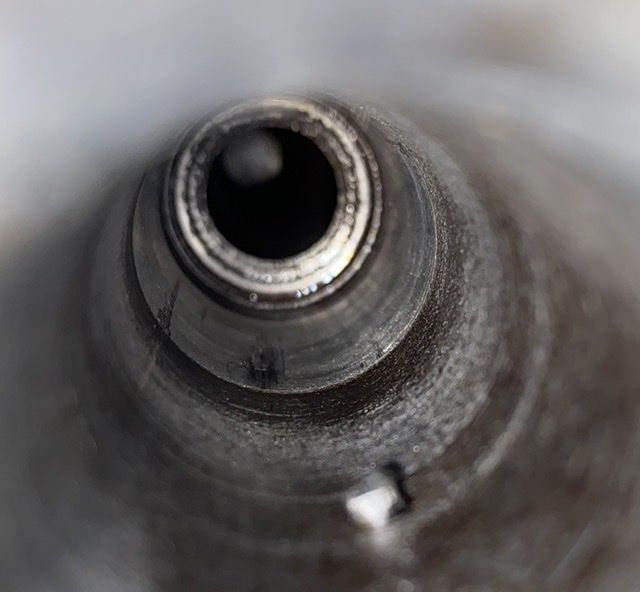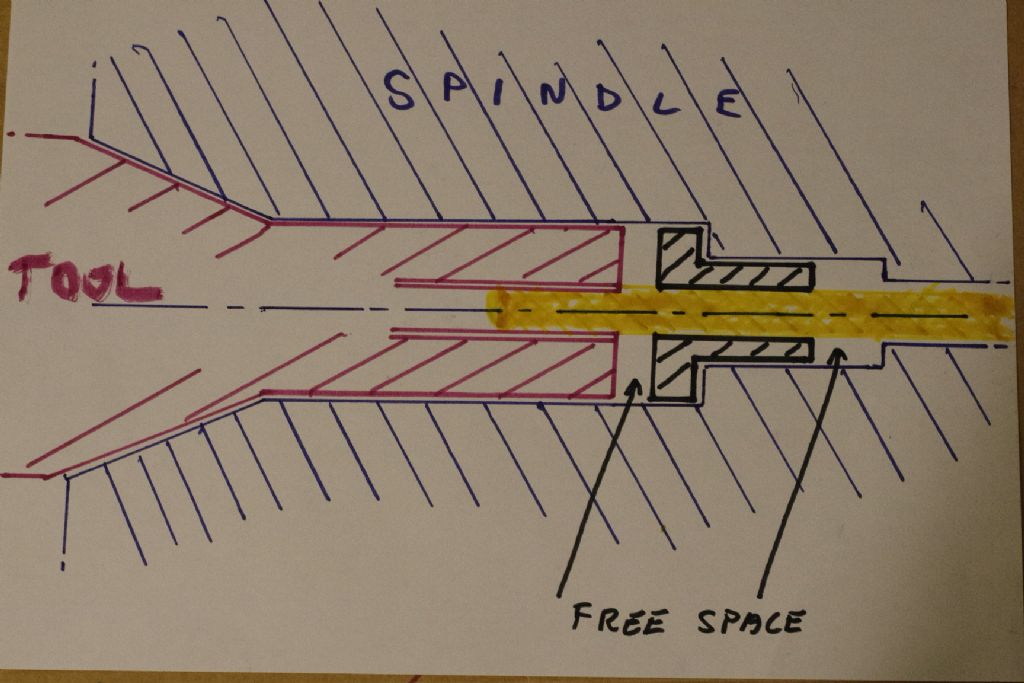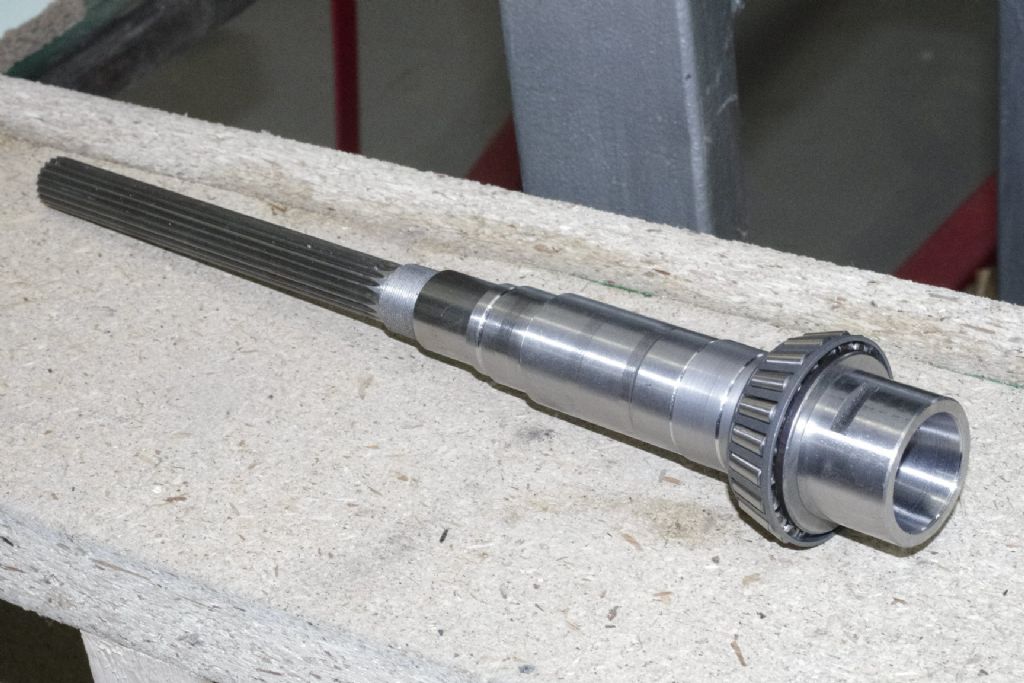When we got our first mill at the museum, a large drill mill with R8, the spindle had to come out to replace the lower taper roller bearing. Thic particular spindle had two screwed in pins and I kept them, not knowing any better. The mill still has them in the spindle. Some of the bought tooling was reluctant to fit, and I found that the cause was the milled slot was too narrow for the pin diameters. Only widening the slot slightly enabled the tooling to fit easily. When I did the Tom Senior light vertical MT2 TO R8 conversion, I did without the pins. The pins only use is to stop something like a collet from spinning when the drawbar is being tightened and after the taper is broken, but before the drawbar is finally unscrewed. Collets are the most likely to spin as there is nothing to get hold of. To minimise this problem, I have run a 7/16 UNF tap up the tooling and lubricated the threads with moly grease. If the drawbar is free running into the tooling, there is very little likelyhood of having problems with tooling.
Try all your tooling in the spindle, and check whether the tight ones have a narrower slot. Also check the parallel diameter at the top end for variations in size. Use a light and mirror to inspect the inside of the spindle.
Should you decide to remove the pin, then a Dremel would be best to take the pin down flush without dismantling the whole spindle.
old mart.








